AMMO of Mig Jimenez | Encyclopedia of Aircraft Modelling Techniques Volume 1: Cockpits
Reviewed by Kevin Futter
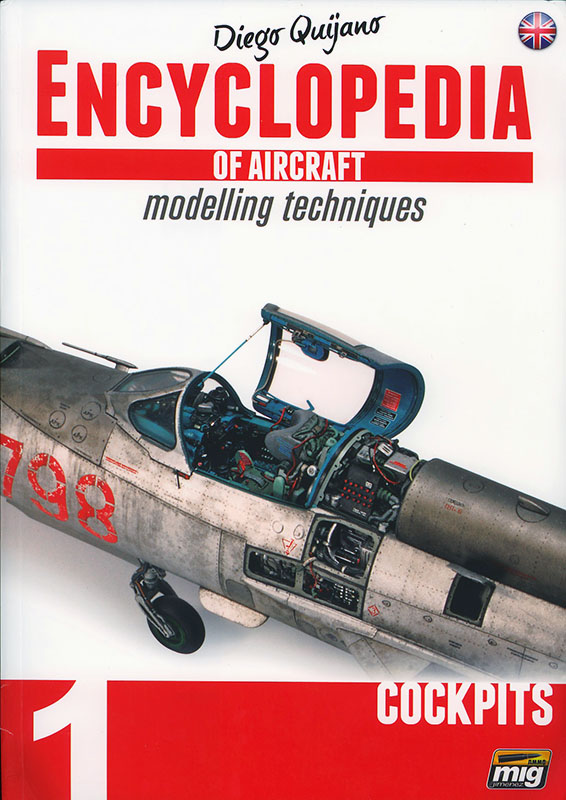
Spanish firm AMMO of Mig Jimenez specialises in finishing products for scale models, and also publishes The Weathering Magazine. The company's publishing endeavours have now been expanded with the release of Volume 1 in an ambitious series entitled Encyclopedia of Aircraft Modelling Techniques. The series is authored by well-known Spanish modeller Diego Quijano, with five volumes planned in all. Volume 1, appropriately enough, focusses on cockpits.
This title weighs in at 124 pages, and despite its Spanish provenance, the text is in English throughout (it's also available in Spanish). There are a number of typos and expression errors in the book, but these neither interfere with comprehension nor detract from the quality of the information delivered. I'd still prefer to see a more rigorous approach to copy editing, however.
The content itself is presented as a series of magazine-style photo-essays, and is broken up into two main sections, each with three sub-sections:
- Tools and Preparation of Parts
- Materials, Tools and Paints
- Separating Parts from the Sprue and Cleaning Mold Lines
- Removing Ejection Marks
- Cockpits
- Simple Cockpits
- Advanced Cockpits
- Wooden Cockpits
Section 1: Tools and Preparation of Parts
As the topic names suggest, the first 28-page section forms a basic modelling primer upon which the more advanced painting and finishing techniques in the second section build. This progression from simple or basic to more complex or advanced is a hallmark of this volume, and I daresay, of the series as a whole.
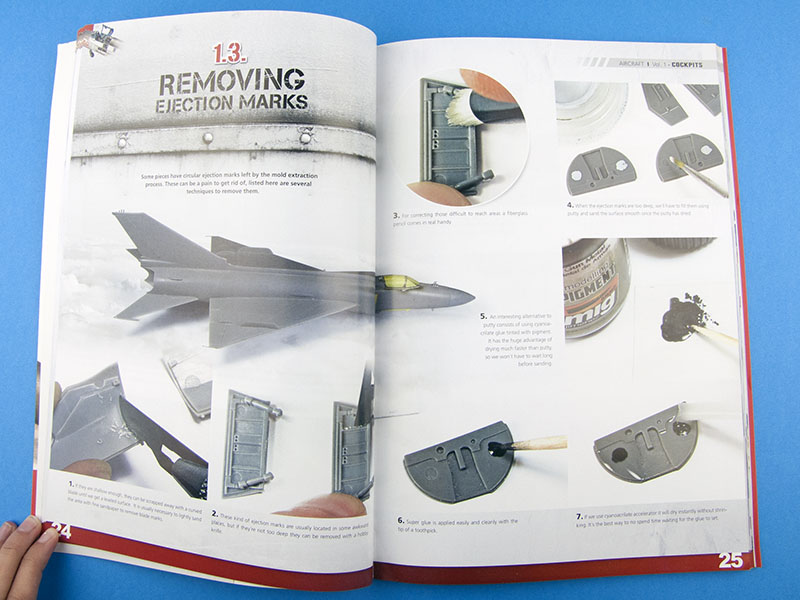
One element of this section that I particularly like is that it provides multiple solutions and approaches for many of the basic modelling problems it deals with. This is not only extremely useful from a utility point of view, but also reveals one of modelling's fundamental truths: that there is rarely one best way to do anything. As modellers, we often devote a great deal of time searching for that one 'secret' technique or approach - that one weird trick, you might say - that will elevate our efforts into the ranks of the Magical Mystical Modelling Masters. The reality of course is that there are multiple, equally-effective ways to tackle any modelling task, and they just require practice and experience, not sorcery. To me, this is one of the most valuable lessons in the book.
One aspect of this book that I found oddly disconcerting is that each page has a faux crumpled effect printed on it as a background pattern (exaggerated in the photo slightly for visibility purposes):
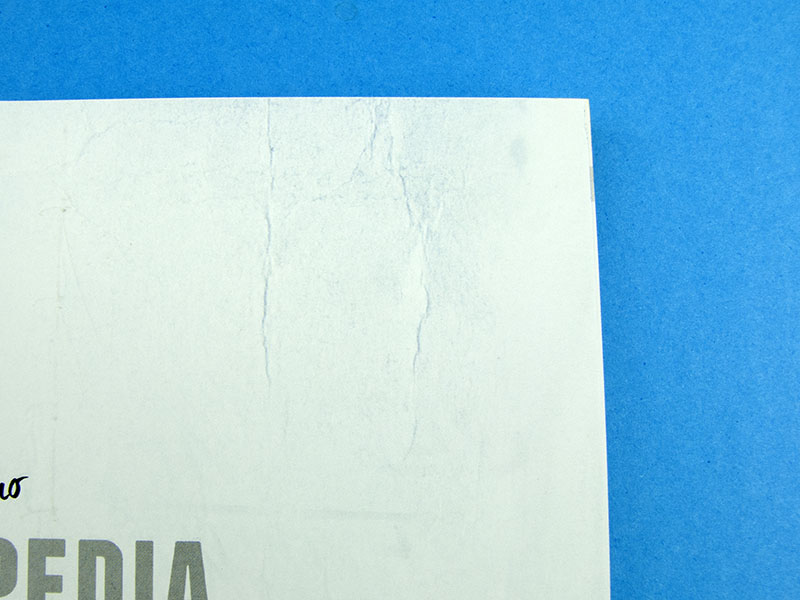
It sounds like a relatively minor thing (and in reality, it is), but this triggered a slight OCD response for me, and I kept wanting to smooth out the wrinkles and 'fix' the page. I found it quite distracting and mildly irritating. Your own mileage will obviously vary, and it may not bother most people at all.
Section 2: Cockpits
This is of course the heart of the book, and over 95 pages, Diego and his collaborators take you through every aspect of building, painting, weathering and detailing aircraft cockpits. Once again, multiple approaches are described, and the step-by-step sequences are clear, logical and highly illustrative.
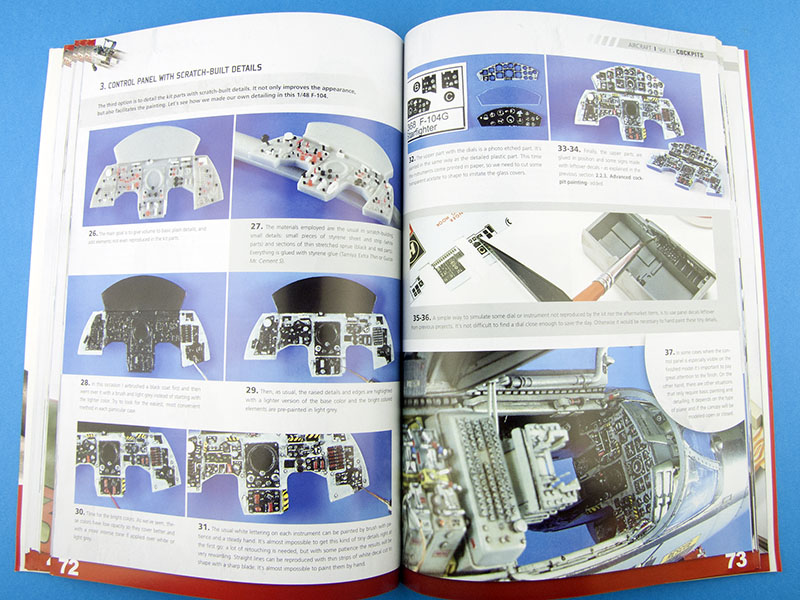
No stone is left unturned as the author covers everything from using highlights and shading to bring out detail, to adding scratch-built elements to enhance kit parts. There's a useful section on dealing with clear parts that have fit issues, and others that show how to make convincing seat belts from tape, metal foil and wire. All of these techniques are broken down in a clear and concise fashion that completely demystifies them, and makes you feel that you can accomplish these things too.
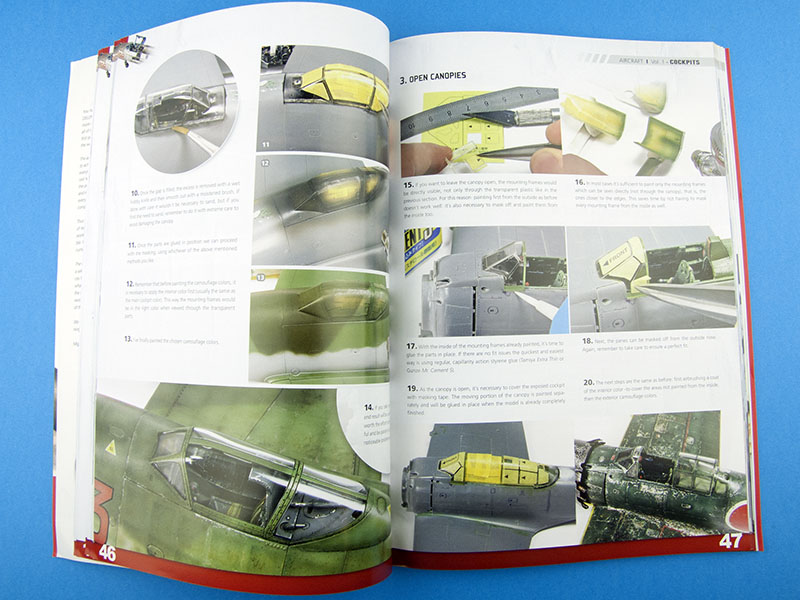
It's worth noting that there's a heavy emphasis on the type of paint effects that have come to be known as the Spanish School - unsurprising given the Spanish origins of both author and publisher. The author makes no apology for this, even making the following comment during a particular sequence:
I'm sorry guys: the cockpit interiors are left in the shadows once they're in place, so if you want to be able to appreciate some of these details in the finished model you'll have to exaggerate the contrast.
This neatly summarises the ethos at work here: paint cockpits in such a way that the details are as visible as possible from the outside. While this sounds like a recipe for visibility to run roughshod over realism and accuracy, all the examples shown in the book are refreshingly restrained and subtle, and remarkably effective.
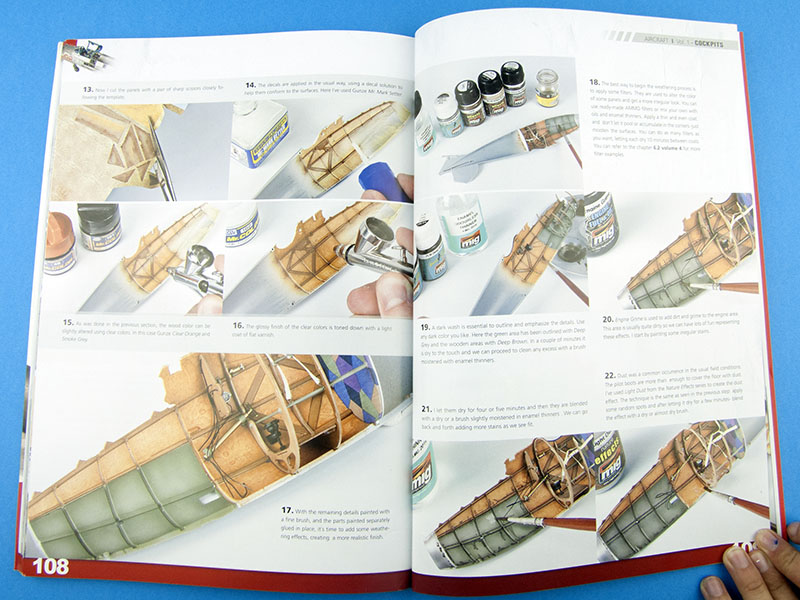
Conclusion
This series is an ambitious undertaking, and its opening chapter is an impressive success. I'd like to see fewer typos and errors in the copy, as well as the elimination of the distracting crumpled page effect, but these are relatively minor issues, and don't really detract from the sheer utility of the information contained within. Recommended! And I'm already looking forward to Volume 2: Interiors and Assembly.
Thanks to Diego Quijano and AMMO of Mig Jimenez for the review sample.
© Kevin Futter 2015
This review was published on Tuesday, May 05 2015; Last modified on Wednesday, May 06 2015
